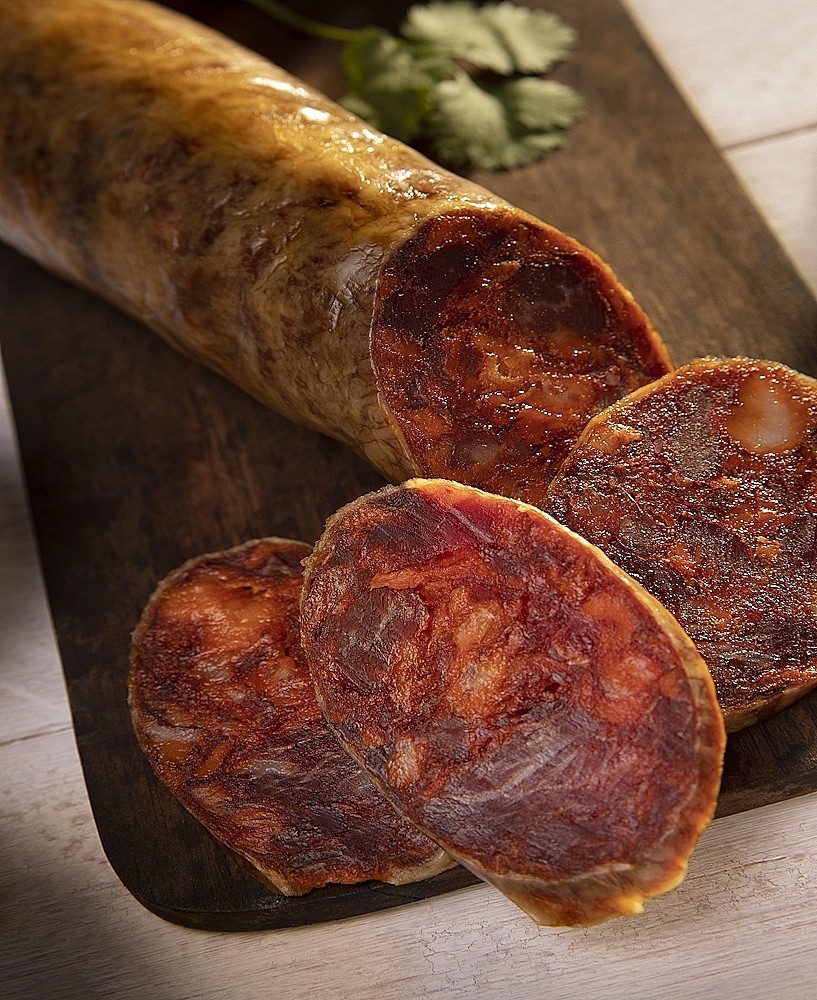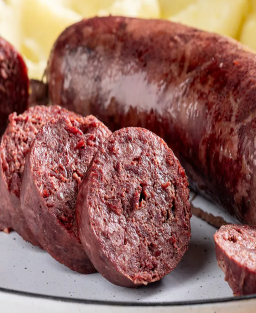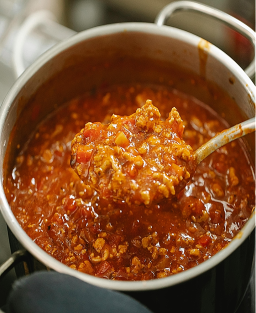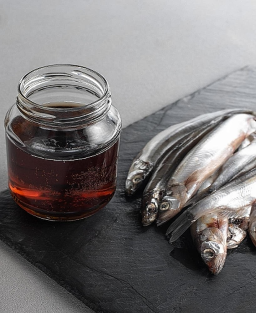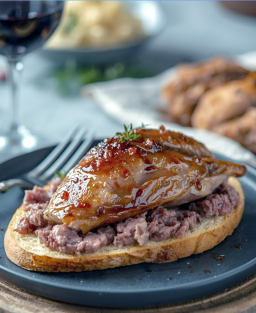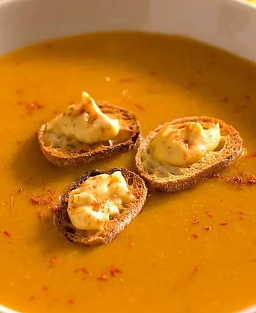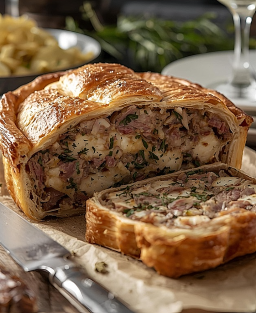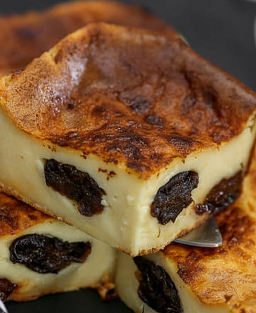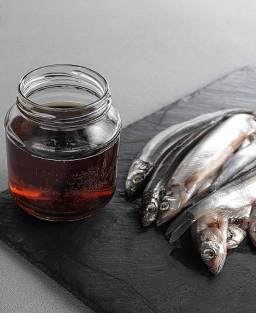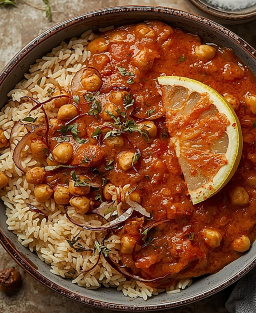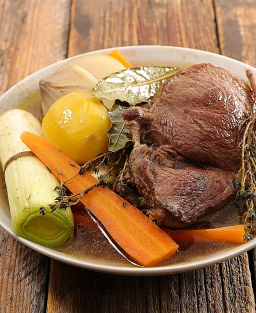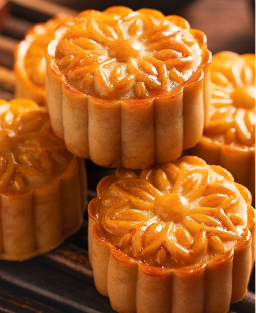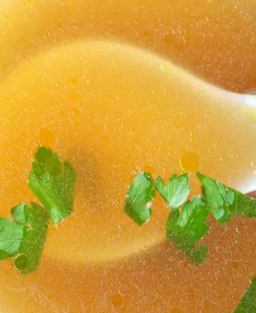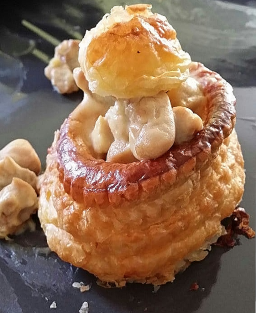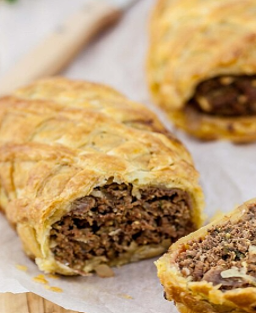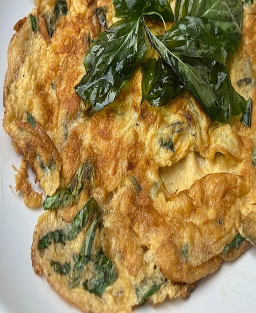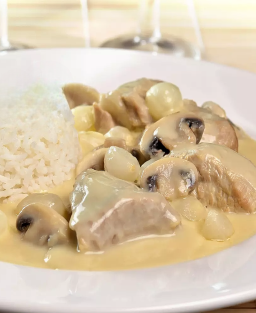Traditional Iberian Chorizo Recipe – Spanish spiced charcuterie, artisanal curing and authentic flavors
Traditional Iberian Chorizo Recipe – Spanish spiced charcuterie, artisanal curing and authentic flavors
Discover the traditional Iberian Chorizo recipe, Spanish spiced charcuterie prepared according to authentic craftsmanship.
Required utensils
-
Meat grinder (3–6 mm plates)
-
Manual or mechanical sausage stuffer
-
Natural casings (pork or beef)
-
Precision scale
-
Food thermometer
-
Stainless steel containers for mixing and seasoning
-
Racks or strings for curing
-
Gloves, apron, hairnet
Country / Region
-
Country: Spain
-
Region: Castilla y León, La Rioja, Salamanca
-
Recipe origin: Oral transmission
-
Specifications: Yes
-
Iberian pork or local pork of equivalent quality
-
Fat content: 25–35 %
-
Seasoning: salt, sweet and/or hot paprika, garlic, pepper
-
Fine or medium grind depending on type
-
Stuffed into natural casings
-
Curing 3 to 6 weeks depending on size
-
Humidity: 70–80 % at start, 65–75 % at end
-
Temperature: 12–18 °C
-
-
Certification body: Regional Iberian Charcuterie Council (proposal)
History
-
Origin: Traditional Spanish charcuterie from the 19th century, inherited from rural salting and smoking techniques.
-
Evolution: Home preparation → industrialization while preserving regional artisanal methods.
-
Signature recipe by three chefs:
-
Ferran Adrià: modern tapas version
-
José Andrés: integrated into contemporary gourmet dishes
-
Carme Ruscalleda: innovative pairings with seafood
-
Legend or anecdote
The word “chorizo” comes from the Latin salsīcius, meaning salted sausage. The introduction of paprika from the New World made chorizo famous in Spain.
Recipe description
Dry cured charcuterie with bright red paprika, firm texture, and spicy flavor. Usable in tapas, stews, or grilled dishes. Natural casings ensure even drying and optimal curing.
Ingredients
| Ingredient | Quantity | Approx. weight (g) |
|---|---|---|
| Iberian pork shoulder | 1 kg | 1000 |
| Iberian pork belly | 0.5 kg | 500 |
| Sea salt | 30 g | 30 |
| Sweet paprika | 20 g | 20 |
| Hot paprika (optional) | 10 g | 10 |
| Fresh garlic | 5 g | 5 |
| Ground black pepper | 3 g | 3 |
| Natural casings (pork or beef) | As needed | 50–100 |
Note: Regional variations include smoked paprika, red wine, or aromatic herbs.
Ultra-detailed professional description
Meat selection
-
Fresh Iberian pork, shoulder and belly, 25–35 % fat content.
-
Check color, smell, and texture. Remove nerves and cartilage.
-
Alternative: Duroc pork or equivalent local breed respecting fat percentage.
Cutting and preparation
-
Cut into uniform 2–3 cm cubes for grinding.
-
Separate fat for final adjustment.
-
Keep refrigerated ≤ 4 °C.
Grinding
-
6 mm plate: medium grind
-
3–4 mm plate: fine grind
-
Mix meat and fat thoroughly.
Seasoning
-
Salt 30 g/kg, sweet paprika 20 g/kg, hot paprika 10 g/kg, garlic 5 g/kg, pepper 3 g/kg
-
Mix evenly by hand or stainless steel spatula.
-
Rest 12 h in the cold for flavor penetration and protein solubilization.
Stuffing
-
Pre-soaked natural casings
-
Fill without air bubbles
-
Tie every 20–25 cm (~200–250 g per piece)
Initial drying
-
Hang on racks or strings, 12–18 °C, humidity 70–80 %
-
Slightly turn if necessary
Curing
-
Reduce humidity to 65–75 % after 7 days
-
Maintain temperature 12–18 °C
-
Duration 3–6 weeks
-
Regular checks: appearance, smell, firmness
Safety standards
-
Controlled humidity and temperature, daily logging
-
Final pH: 5.5–5.8
-
Microbiological verification: Salmonella, Listeria, E. coli
-
Handling with gloves, apron, hairnet
Finishing and storage
-
Vacuum pack or slice
-
Store at 4–10 °C, humidity <70 %, shelf life 2–4 months
Professional tips
-
For a smokier flavor: smoked paprika, ventilated drying
-
Avoid excessive humidity
-
Handle chorizos gently
Nutritional information
-
Energy: 400 kcal / 1674 kJ per 100 g
-
Fat: 33 g
-
Carbohydrates: 1 g
-
Protein: 22 g
-
Fiber: 0 g
-
Allergens: none
-
Possible adaptations: gluten-free (check industrial seasonings)
Glossary
-
Medium/fine grind: grinder or mincer with 3–6 mm plate
-
Curing: maturation at controlled temperature and humidity
-
Stuffing: filling natural casings, manual or mechanical
Versions / Regional variations
-
Chorizo de León: spicy, smoked paprika
-
Chorizo riojano: sweet, extended curing
-
Chorizo catalán: red wine and aromatic herbs
Tips and advice
-
Maintain stable humidity to prevent mold
-
Extend curing for more intense flavor
-
Regularly check surface, handle delicately
Serving
-
Thinly sliced for tapas or included in stews
-
Accompaniments: olives, Manchego cheese, rustic bread
Recommended wines and drinks
-
Spanish red wines: Rioja Crianza, Ribera del Duero
-
Spanish craft beer: amber or light IPA







